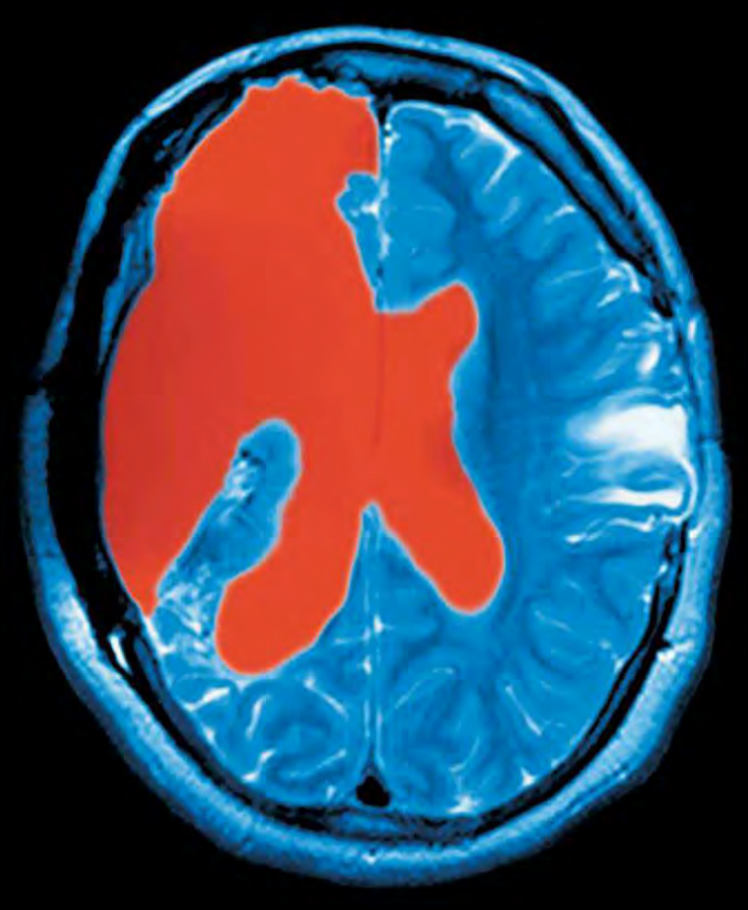YOUTH & PLASTICITY
The younger the brain, the more plastic it is. Young brains have the ability to learn and adapt with great ease. Young brains even have the potential to rewire themselves, and are thus able to overcome severe trauma, such as damage to an entire hemisphere.
For example, a seven-year-old named Michael in upstate New York began suffering as many as 300 or 400 seizures each day. Doctors said the only way to stop the crippling seizures was to remove the site of their origin in the brain-the left hemisphere. Its removal resulted in the right side of Michael’s body initially being paralyzed.
But thanks to plasticity, the right hemisphere of Michael’s brain reorganized itself to take on the tasks that had formerly been performed by the left. He slowly regained the use of his right leg and arm as his brain recruited neural networks for new motor skills. Speech returned more slowly, however, as the right hemisphere is not organized as efficiently as the left side for processing and articulating words.
At 14, Michael was speaking in simple sentences and racing mini stock cars.
Adults use only half the glucose in their brains compared with brains of children between ages 3 and 10.
SPECIALIZATION
As brains age, they lose a large measure of plasticity. Things become harder to learn, and recovery from brain damage gets progressively more difficult. But there is a trade-off that benefits the maturing brain: specialization. It creates a more complicated, and therefore more sophisticated, brain.
Neurologist Richard Restak likens the benefits of specialization of neural connections to the construction of a house. Imagine, he says, if your house were built by people who specialized in particular construction tasks. Plumbers connect the water and gas pipes, carpenters put up the walls, electricians run the wires, and carpet layers install the floor coverings. Such a house should look good and be completely functional.
Now, he says, imagine the same house if it were built by people who had special skills but didn’t use them on their assigned tasks. The plumbers do the carpentry, and the electricians shingle the roof. While each set of specialists is familiar with the others’ work, your house nevertheless probably would look like a dog’s breakfast-the doors don’t close right, the walls don’t meet at 90-degree angles, there’s no water pressure in the shower, and the paint is uneven and splotchy. It’s the same with the brain. Specialization in the various neural systems makes each perform at a high level. When many systems work at their best, the result may be an Einstein or a Mozart. Or it may be an ordinary person working at peak performance.
[user-submitted-posts]


